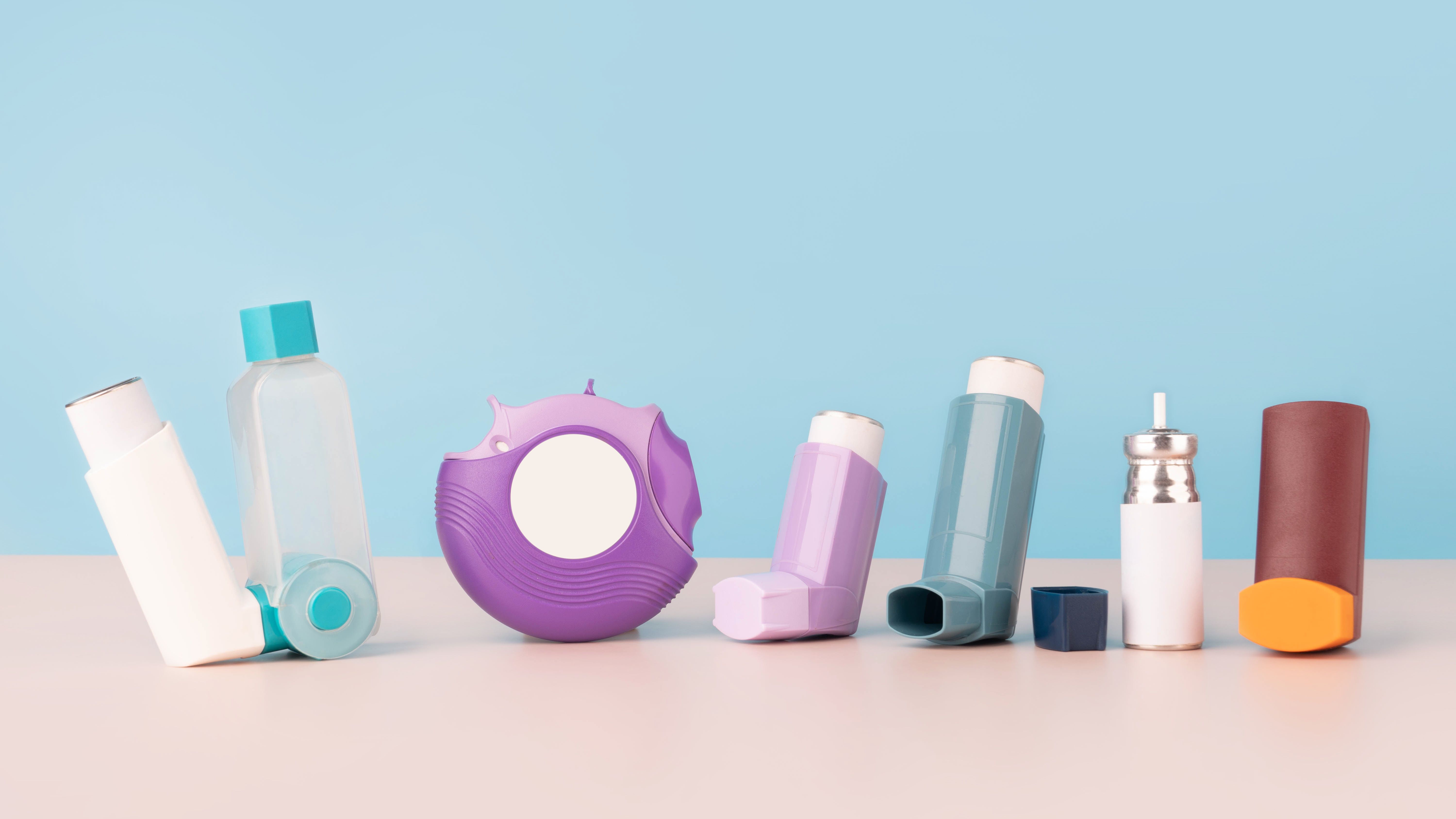Article
3 Simple Ways to Safely Manage Family Medications
Author(s):
The typical home medicine cabinet often contains an assortment of prescription medications, OTC pain relievers, multivitamins, and herbal remedies for each family member.
The typical home medicine cabinet often contains an assortment of prescription medications, OTC pain relievers, multivitamins, and herbal remedies for each family member.
Although it can be difficult to get a handle on which medicine belongs to which family member, not taking the time to organize and keep track of each drug could have dangerous consequences.
Here are some tips that pharmacists can share with families to protect their safety:
1. Only take medications specifically prescribed to you.
This may seem obvious, but many people greatly underestimate the dangers of sharing medications.
And this doesn’t only happen within families. For instance, 71% of surveyed college students said that sharing prescription drugs was somewhat or very common among their acquaintances.
Many college students rely on prescriptions drugs as study aids, and they frequently obtain them with a prescription from friends or the Internet.
This is also true of non-prescription drugs. Recent surveys have shown that an alarming 50% of teens aren’t properly educated on OTC medications, potentially leading to dangerous misuse of these drugs.
2. Read the label, then re-read the label.
Despite being medication experts, pharmacists are not foolproof. There have been reports in the past of dispensing errors due to drug name confusion.
Reading the label every time you take a medication is a healthy habit that could help you avoid taking the wrong medication.
Everyone should also follow the exact instructions about dosing, frequency, potential interactions with other prescription medications, and whether or not to take the drug on an empty stomach.
In particular, it is important to remember that the foods we eat can interfere with the medications we take. Patients may not recognize that otherwise healthy foods can have severe consequences when mixed with certain drugs.
3. Don’t hoard unused medications.
Holding on to drugs that are no longer needed can pose serious risks to other family members, especially children and teens who may not understand the dangers of the medicine. Disposing medicine in both a timely and safe fashion may save lives.
Michael J. Gaunt, PharmD, previously wrote about the dangers of leaving unused medicine around children, noting, “child-resistant does not mean childproof.”
Proper medication disposal is also essential for keeping drugs out of drinking water and the environment.
The SMARxT Disposal campaign led by the American Pharmacists Association, Pharmaceutical Research and Manufacturers of America, and US Fish and Wildlife Service recommends that patients “crush solid medications or dissolve them in water (this applies to liquid medications, as well) and mix with kitty litter or sawdust (or any material that absorbs the dissolved medication and makes it less appealing for pets or children to eat), then place in a sealed plastic bag before tossing in the trash.”
Newsletter
Stay informed on drug updates, treatment guidelines, and pharmacy practice trends—subscribe to Pharmacy Times for weekly clinical insights.






